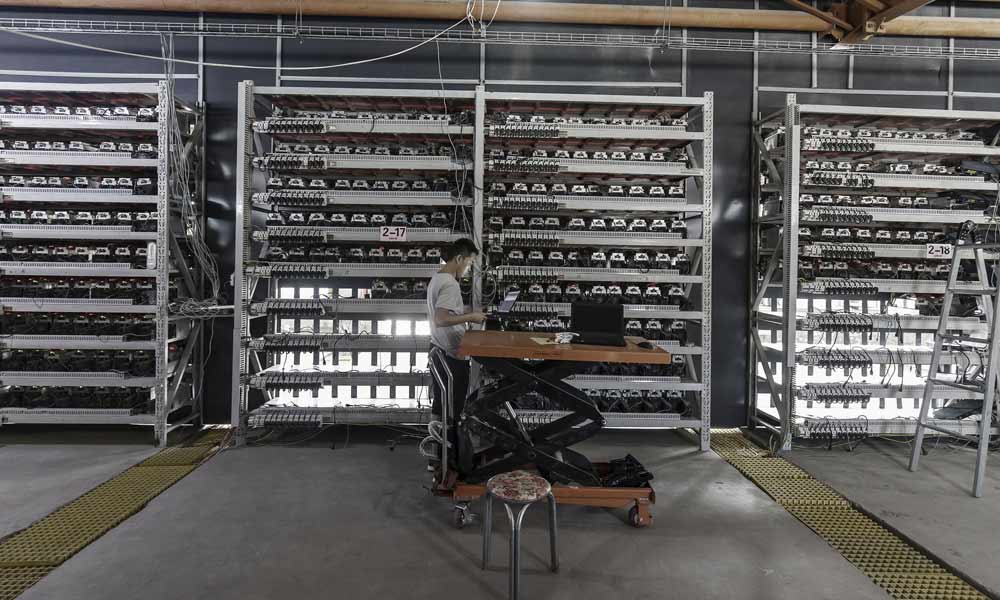The power consumption needed to mine Bitcoin, as of October 13th, was estimated to have reached 200 million kilowatt hour of electricity.
On a yearly basis, that number would amount to about 73 terawatt hour, which is equivalent to Austria’s energy consumption. That huge power consumption represents 0.3% of the whole world’s electricity use.
The cryptocurrency has become notorious for its ravenous appetite for electricity, and this makes it leave a massive carbon footprint.
According to a June paper in the journal Joule, it was estimated that tjh annual carbon dioxide emissions from the Bitcoin network are as high as 22.9 million metric tons. This is equivalent to the carbon emission in Jordan.
But this finding was disputed by a study by CoinShares, a cryptocurrency asset management and analysis firm, which said that the majority of the electricity used by Bitcoin actually comes from clean sources, like wind, solar, and hydropower.
According to CoinShares, the Bitcoin network gets 74.1% of its electricity from renewables, making it "more renewables-driven than almost every other large-scale industry in the world."

Bitcoin's huge appetite for power can be linked to its core.
At its foundation, Bitcoin does not rely on central banks or authority. With no governing entity behind its back, the peer-to-peer system regulates itself through a distributed accounting system, called the blockchain technology.
Every bitcoin transaction is tracked in a public ledger that spreads across thousands of computers. These transactions are grouped into blocks.
The economy for Bitcoin miners goes like this: to keep the network running, the Bitcoin network creates an incentive for people to contribute their computing power to verify transactions by awarding miners who verify a block.
Initially, mining Bitcoins using a mere computer PC was more than sufficient. But as more blocks were created, the process of verification became more difficult that people started dedicated hardware called Application-Specific Integrated Circuit (ASIC).
With the specialized hardware, Bitcoin mining became more energy efficient.
However, as more and more mining operators are continually deploying more and more ASICs, and with the more Bitcoins available, these specialized hardware are needing more and more electricity to run.
And this again, resulted to an increasing number of power consumption.

Power grids get most of their energy from fossil fuels (coal, natural gas, petroleum, and other gases), and can/may shift from time to time in between different fuel sources (nuclear energy, or renewable sources like from wind generators and solar panels, when available). With increasing number of miners, electricity grid that can go clean or dirty depending on demand, needed to keep up with the surge.
As a result, they started requiring more fossil fuels, making more greenhouse gas emissions.
Because most miners are not transparent about their electricity consumption, researchers who wanted to know how big Bitcoin's energy consumption is at a given time, are often forced to study proxies like surveys, interviews, news reports, and calculations based on the Bitcoin network’s performance.
Since 60 and 80 percent of Bitcoin mining revenue goes straight back into paying for electricity bills. Miners are always on the look for cheaper kilowatts, and may move to different places when they see fit.
In Iran for example, it was discovered that 1,000 cryptocurrency mining machines were using subsidized electricity.
According to researchers, regions with high levels of renewable energy and low demand are often areas that saw local industries leave and subsequently experienced a population exodus. Bitcoin miners who care more about electricity costs than location, were happy to move into these regions.